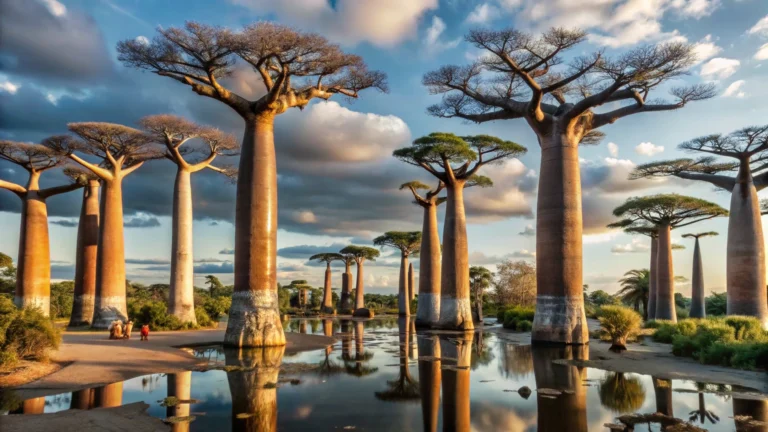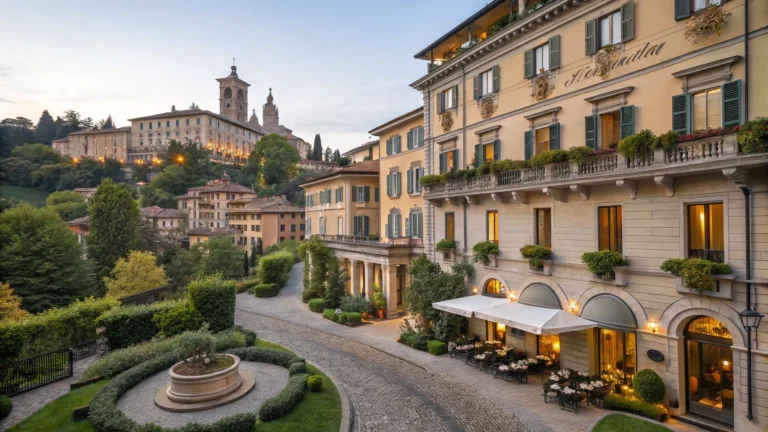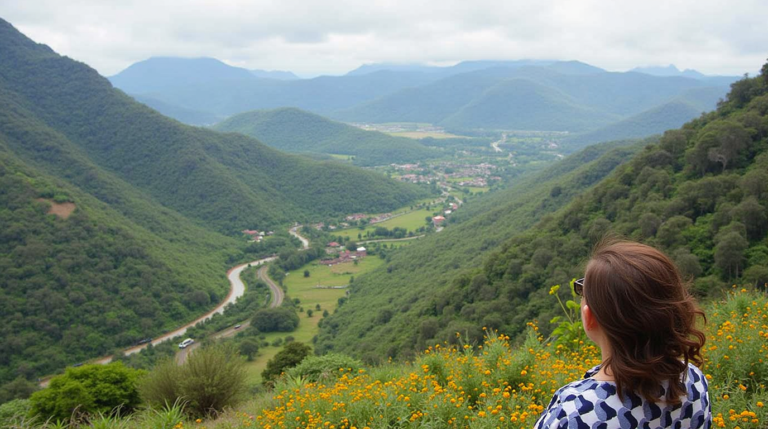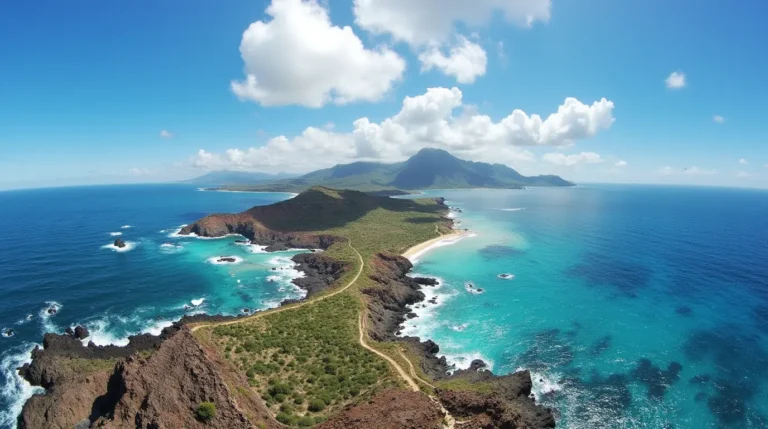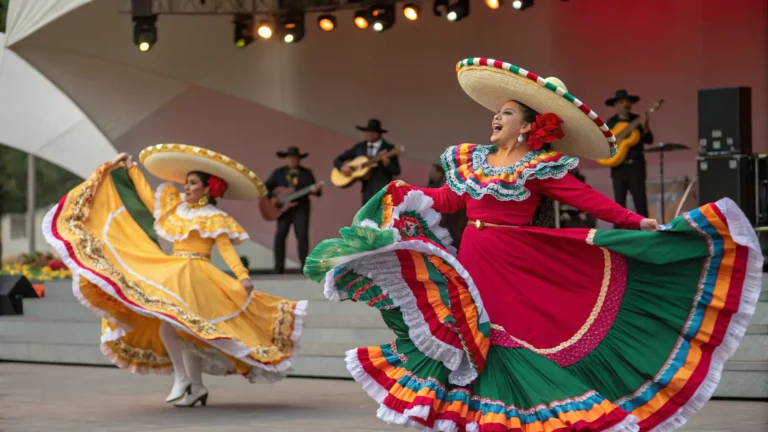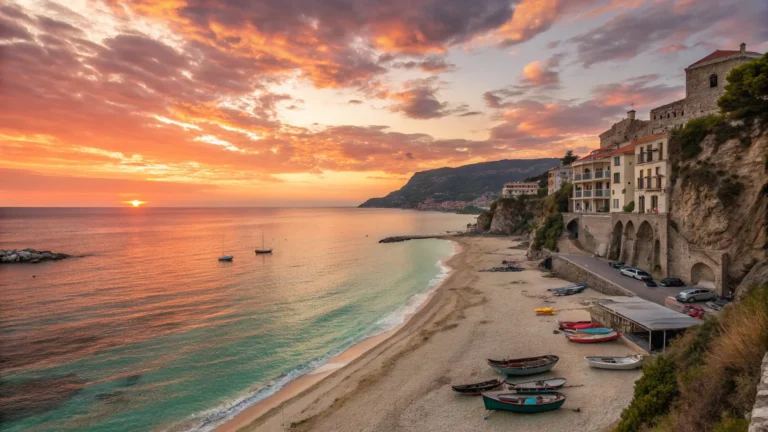Farming Style Inca 5 Reasons It Was So Advanced
Last updated on June 12th, 2025 at 12:15 am
Last summer, my boots were slipping on wet stones as I climbed through morning fog in Peru’s Sacred Valley. I was cursing myself for wearing the wrong shoes when Manuel, our local guide, grabbed my arm and pointed upward—to the ancient terraces carved into the mountainside, a perfect example of the Farming Style Inca used for centuries.
“See those steps cut into the mountain? My cousin Jorge still plants corn there every March. Same way his great-great-grandfather did.”
I squinted through the mist. What I’d thought were natural rock formations were actually massive stone terraces, each one perfectly level despite hugging a slope that made my legs burn just looking at it.
“No way those are that old,” I said, breathing hard.
Manuel just laughed. “Five hundred years, maybe more. And Jorge’s corn? Best in three villages.”
That conversation changed everything I thought I knew about farming. The Incas weren’t just growing food up there – they were pulling off agricultural miracles that put our modern methods to shame.
Table of Contents
How 12 Million People Ate Well in the World’s Worst Farming Conditions
Picture this: you need to feed 12 million people, but you live on mountains where most nights drop below freezing. No tractors. No fertilizer trucks. No irrigation systems powered by electricity. Oh, and did I mention you’re farming at heights where most plants would die from lack of oxygen?
Sounds impossible, right?
The Incas did it for over a century. Not just survived – they thrived. They built an empire that stretched 2,500 miles along some of the most brutal terrain on Earth, and somehow never had a famine.
Want to know their secret? They stopped fighting the mountains and started dancing with them instead.
Stone Steps That Laugh at Earthquakes
Those terraces I saw with Manuel weren’t just impressive – they were engineering that would make today’s construction crews quit and go home.
Each terrace (the Incas called them andenes) was like a puzzle piece that fit perfectly into the mountainside. But here’s the crazy part – they’re still standing after 500 years of earthquakes, landslides, and weather that would crumble most modern buildings.
I spent three days exploring different terrace sites, and every single one blew my mind:
- Stones fit together so tightly you can’t even wedge a piece of paper between them
- Drainage systems that work better than anything we build today
- Retaining walls that flex during earthquakes instead of cracking
- Mini-climates that protect plants from killer frosts
- Soil mixes that are still more fertile than surrounding areas
Manuel took me to a spot where a 2007 earthquake had flattened a modern school building. Right next to it? Five-hundred-year-old terraces without a single loose stone.
“Concrete breaks,” he said, patting one of the ancient walls. “But these stones know how to bend.”
That’s when it hit me – the Incas weren’t trying to dominate nature. They were having a conversation with it.
Water Wizardry That Defies Gravity
The second thing that blew me away was how they moved water around. I’m talking about irrigation systems so clever they make our modern cities look like they’re run by amateurs.
Picture mountain springs at 14,000 feet. Now imagine getting that water to crops 6,000 feet lower without pumps, without electricity, without losing a single drop to evaporation.
The Incas figured it out. They built:
- Stone channels that carried water for miles without leaking
- Underground tunnels that prevented evaporation loss
- Storage pools that collected rain during wet months
- Gates and locks that controlled water flow with precision
- Networks that connected entire valleys through shared water systems
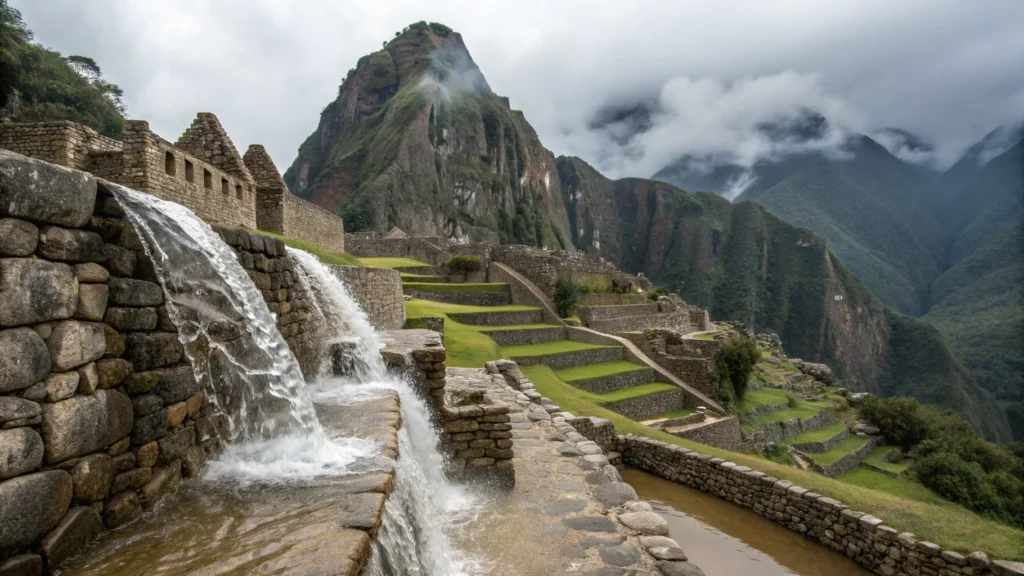

I followed one of these ancient canals for two hours, watching it twist and turn down the mountainside. The engineering was so precise that water still flows through it today, following the exact same path it did 600 years ago.
Jorge, Manuel’s cousin, showed me how he opens and closes the ancient gates to water his corn. “Same system my ancestors used,” he said. “Why change what works?”
Good point, Jorge.
Three Thousand Ways to Cook a Potato
Here’s something that’ll make your grocery store look pathetic – the Incas grew over 3,000 different types of potatoes. Three thousand! And that was just one crop.
They also had:
- 200+ varieties of quinoa in every color you can imagine
- 55 different types of corn, including some that could grow at 12,000 feet
- 70+ kinds of beans that provided all the protein they needed
- Hundreds of other plants perfectly matched to different altitudes
But they weren’t collecting varieties just for fun. This was their insurance policy against disaster.
Bad weather kills your blue potatoes? No problem – you’ve got 50 other varieties that might survive. Bugs attack your corn? Switch to the variety they don’t like. Drought hits your valley? Plant the types that need less water.
Jorge’s family still does this. He showed me his seed collection – mason jars filled with different colored potatoes, beans, and corn. Each jar was labeled with notes about when to plant, where to plant, and what conditions each variety handled best.
“My grandfather always said don’t put all your eggs in one basket,” Jorge explained. “Same with crops. Spread the risk.”
Smart man, Jorge’s grandfather.
Turning Brutal Weather Into a Farming Advantage
This is where the Inca farming methods get really wild. Instead of cursing the harsh mountain climate, they turned it into their secret weapon.
They figured out something we’re just rediscovering – different altitudes are like having different countries in your backyard. Sea level? Grow tropical fruits. 8,000 feet? Perfect for corn and squash. 12,000 feet? Potato heaven. 14,000 feet? Let the llamas graze.
But they went way beyond just altitude zoning:
- Built raised beds that absorbed heat during the day and released it at night
- Dug sunken gardens that protected plants from brutal mountain winds
- Used stone walls as natural heaters for temperature-sensitive crops
- Timed their planting by watching star patterns (no farmer’s almanac needed)
- Rotated crops to keep soil healthy without any chemical inputs
The coolest part? I actually felt this temperature control system working. Standing on one of those ancient terraces at sunrise, the stones under my feet were noticeably warmer than the air around me. The whole terrace was like a giant heat battery, soaking up sun during the day and slowly releasing it all night.
No wonder Jorge’s corn grows better than his neighbors’ – he’s got a 500-year-old climate control system.
Farming Style Inca Soil That Gets Better With Age
Now here’s something that should embarrass every modern farmer – the Incas actually improved their soil every year instead of wearing it out.
While we’re losing topsoil at rates that would make environmentalists cry, the Incas were building soil so rich it’s still more fertile than surrounding areas five centuries later.
How’d they do it?
- Traded for bird droppings from coastal islands (yes, really – they had entire trade routes dedicated to moving bird poop)
- Used llama and alpaca manure to add organic matter
- Rotated crops to naturally replenish nutrients
- Let fields rest when they needed to recover
- Built terraces that actually prevented soil from washing away
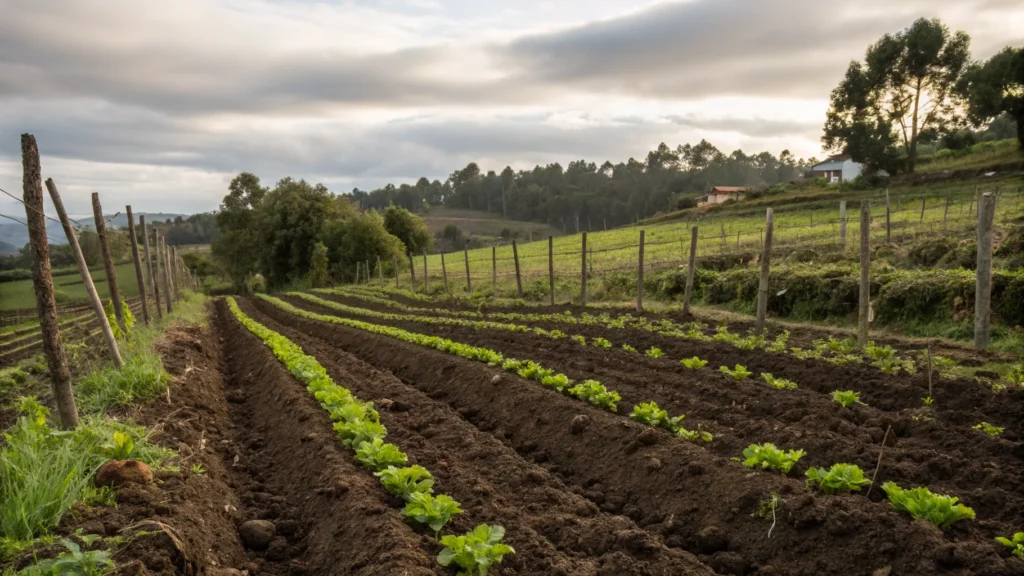

I met a soil scientist in Cusco who’d spent years studying these ancient farming areas. “It’s embarrassing,” she told me. “Five hundred years after the Incas stopped farming these terraces, the soil is still richer than areas that have been continuously farmed with modern methods.”
That’s not just sustainable farming – that’s regenerative agriculture taken to the next level.
What We Lost (And How We Can Get It Back)
Walking through those mountains, talking to farmers like Jorge who still use these ancient methods, I realized something pretty depressing. We didn’t just lose farming techniques when the Spanish conquered the Incas – we lost an entire way of thinking about agriculture.
The Incas saw farming as a partnership with nature. We see it as a war against nature that we’re determined to win, no matter the cost.
But here’s the good news – people are waking up. Modern farmers around the world are rediscovering these ancient methods:
- Terracing is being used to prevent erosion in places like Ethiopia and China
- Diverse cropping systems are replacing single-crop farms
- Natural fertilizers are making comebacks as chemical costs skyrocket
- Water conservation techniques borrowed from the Incas are helping farmers survive droughts
- Soil-building methods are restoring damaged farmland across six continents
The Million-Dollar Question
So here’s what I keep thinking about – if the Incas could feed 12 million people sustainably 500 years ago, why are we struggling to feed 8 billion people today without destroying the planet?
Maybe it’s because we forgot the most important lesson those ancient farmers taught us: the best solutions work with nature, not against it.
Standing on those terraces, watching Jorge tend his multi-colored corn using methods older than most European cities, I felt like I was looking at the future of farming, not the past.
The Incas proved something we’re just starting to remember – you can feed massive populations while actually improving the land instead of destroying it. You can work with brutal climates instead of fighting them. You can create abundance that lasts for centuries, not just seasons.
Jorge’s corn will be ready to harvest in three months, same as his ancestors’ corn was ready 500 years ago. Same methods, same timing, same respect for the mountain that feeds him.
Maybe it’s time we started listening to farmers like Jorge instead of just admiring their terraces as tourist attractions.
Have you ever seen ancient farming methods still being used today? Or tried any traditional growing techniques in your own garden? Drop a comment below – I’d love to hear your stories.


